Report this entry
More from the same community-collection
El Paso's Homegrown: World War II
The homefront of El Paso, Texas was no stranger to war. Between ...
El Paso's Homegrown: World War II
The homefront of El Paso, Texas was no stranger to war. Between ...
El Paso's Homegrown: World War II
The homefront of El Paso, Texas was no stranger to war. Between ...
El Paso's Homegrown: World War II
The homefront of El Paso, Texas was no stranger to war. Between ...
El Paso's Homegrown: World War II
The homefront of El Paso, Texas was no stranger to war. Between ...
El Paso's Homegrown: World War II
The homefront of El Paso, Texas was no stranger to war. Between ...
El Paso's Homegrown: World War II
The homefront of El Paso, Texas was no stranger to war. Between ...
El Paso's Homegrown: World War II
The homefront of El Paso, Texas was no stranger to war. Between ...
El Paso's Homegrown: World War II
Carreon was born in 1928 and raised in Segundo Barrio of South ...
El Paso's Homegrown: World War II
The homefront of El Paso, Texas was no stranger to war. Between ...
El Paso's Homegrown: World War II
The homefront of El Paso, Texas was no stranger to war. Between ...
El Paso's Homegrown: World War II
The homefront of El Paso, Texas was no stranger to war. Between ...





















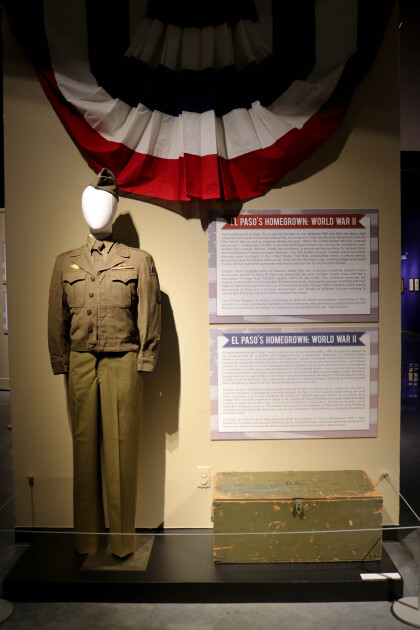
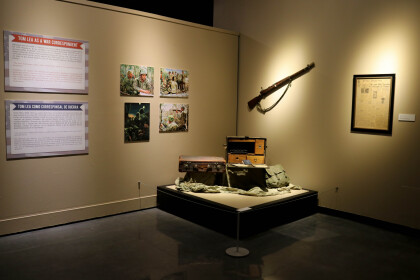
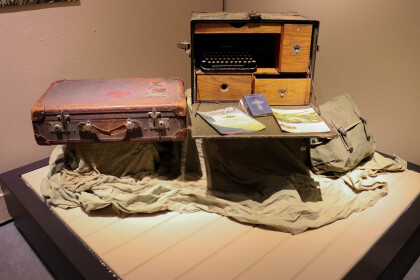
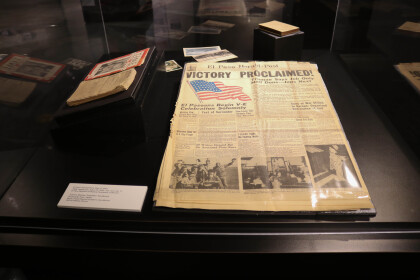
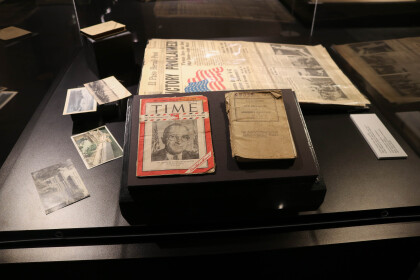
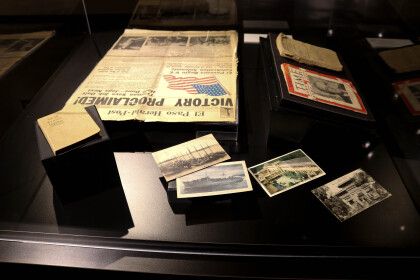
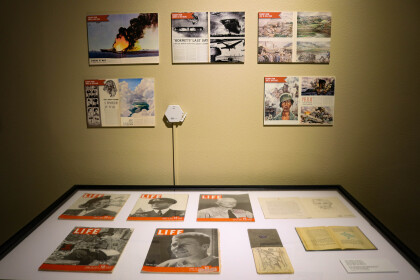
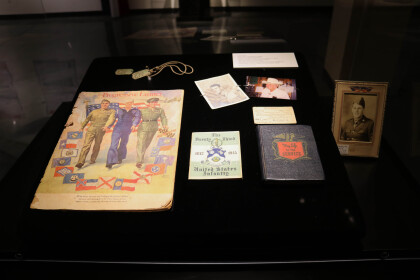
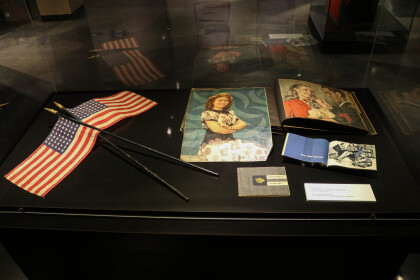
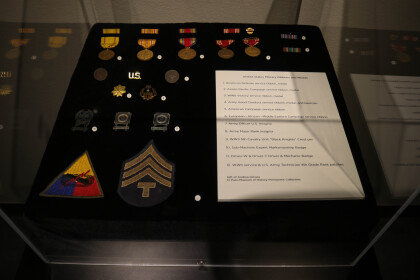
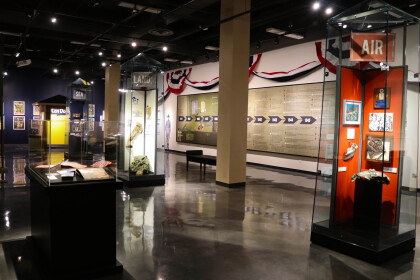
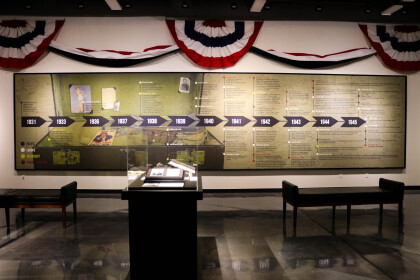
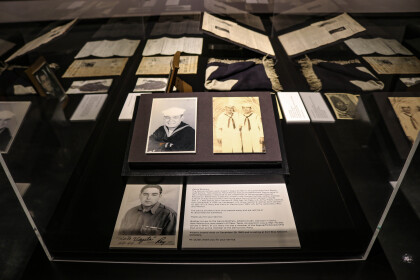
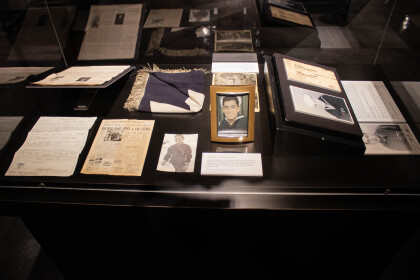
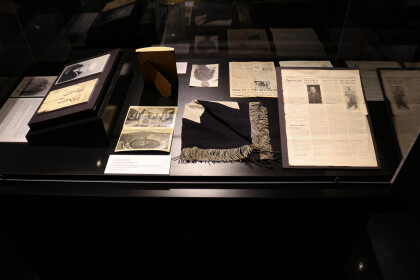
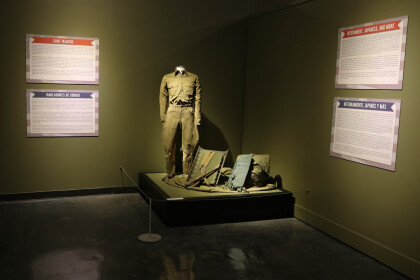
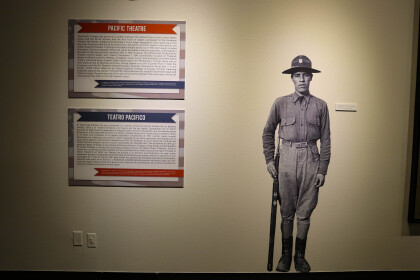
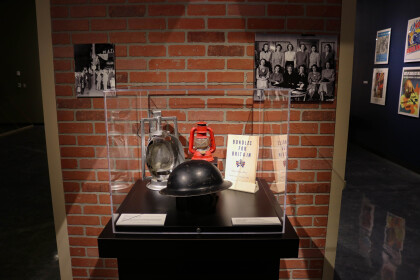
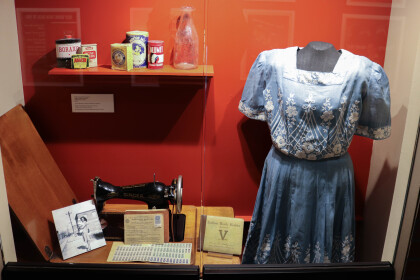
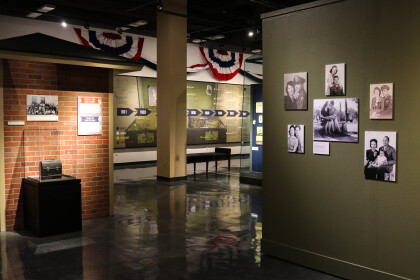
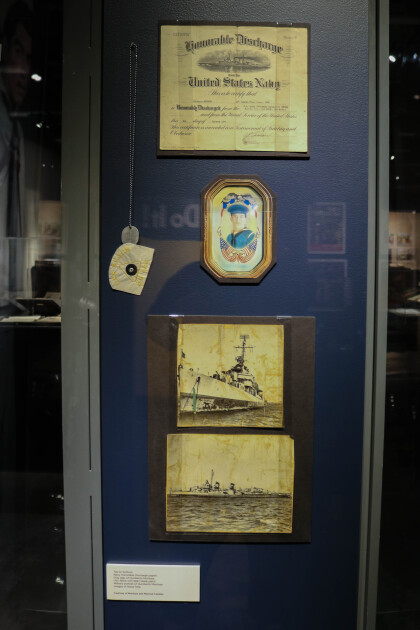
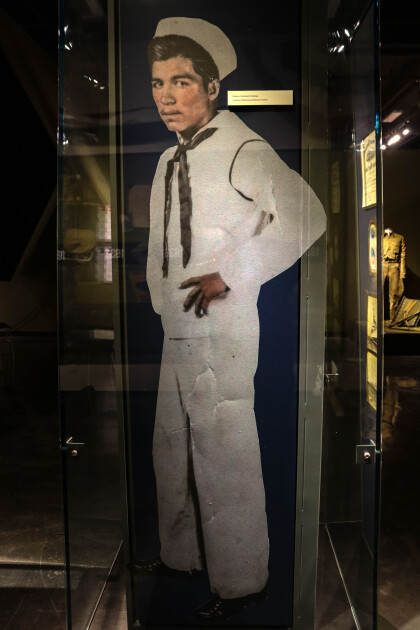
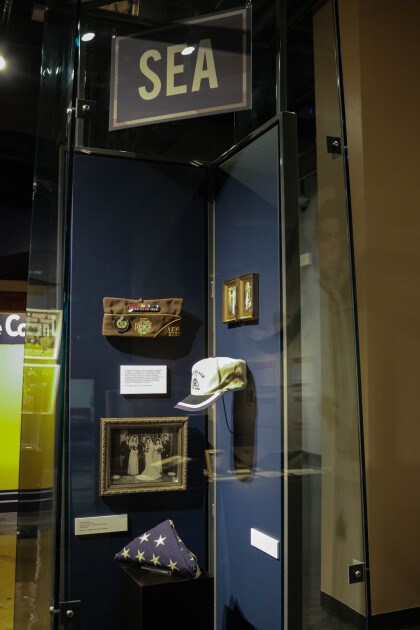
Comments
Add a comment